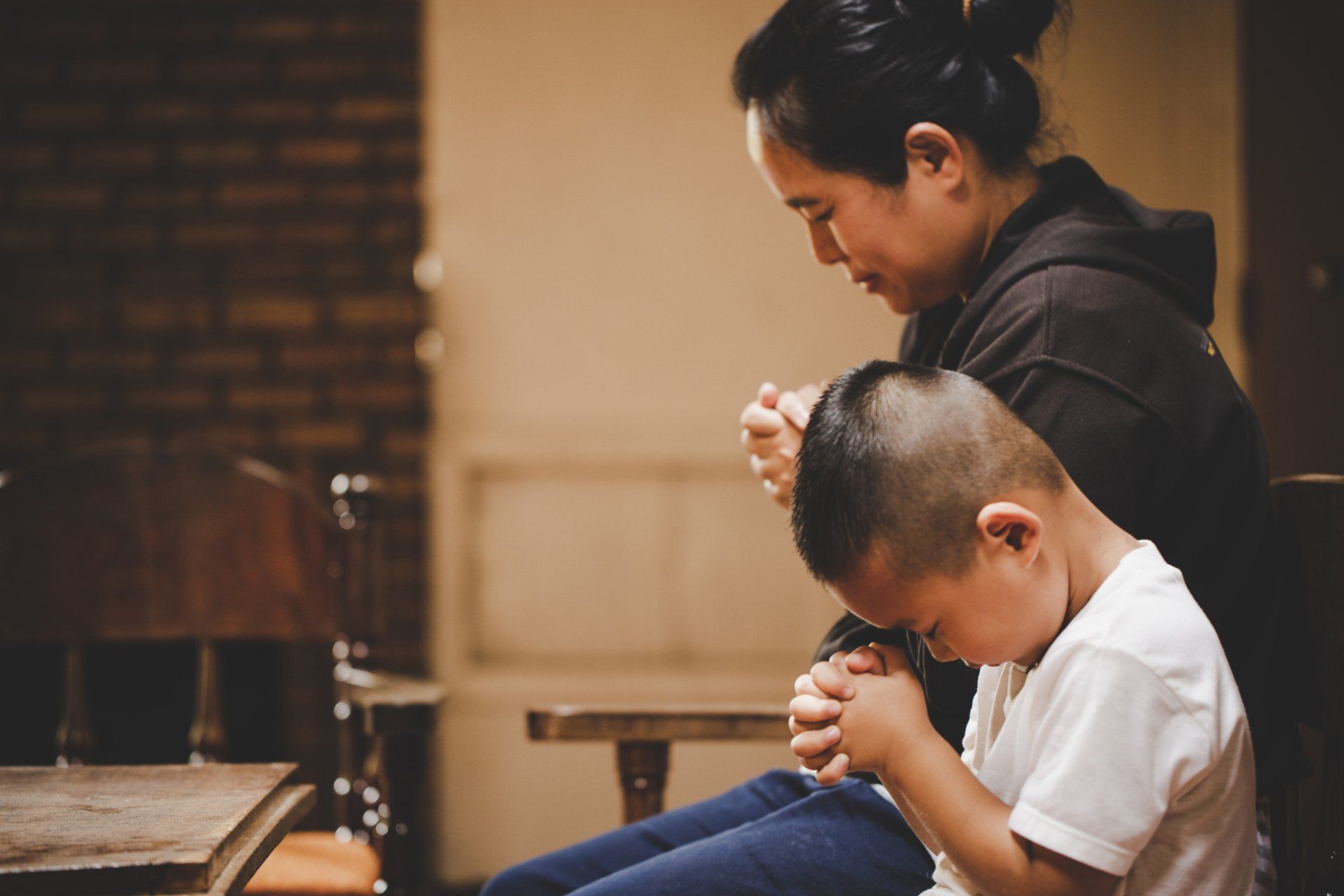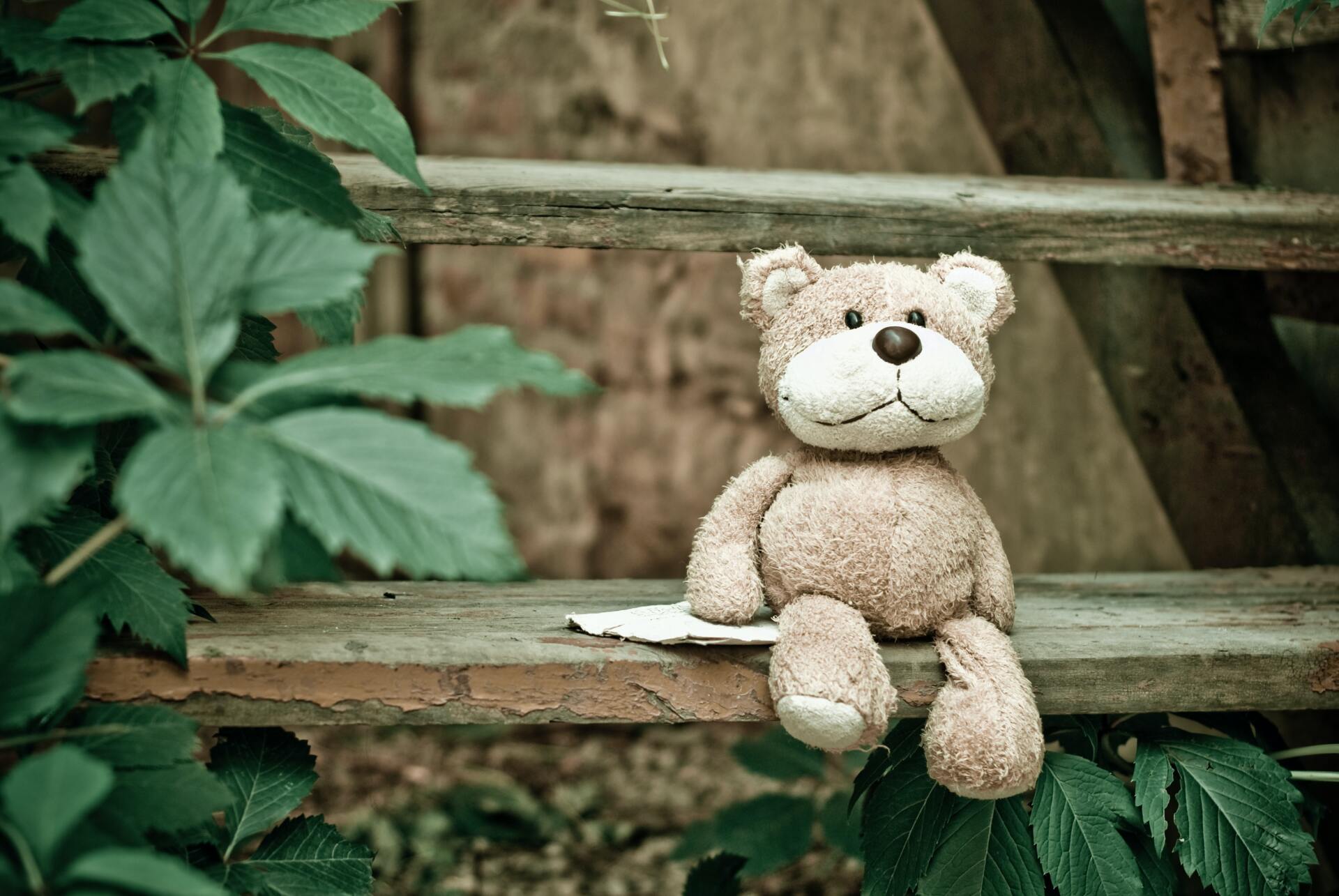How Will I Tell My Kids?
After a death, kids struggle to understand
Any time there is a death, you will inevitably hear (and perhaps even mutter yourself), “I just can’t believe it,” or “I can’t wrap my mind around it.” At any age, disbelief and denial are common responses to loss. It is difficult to comprehend death, and when discombobulating grief overlays our mind’s struggle to make sense of tragedy, we may find ourselves at a total loss. Death always seems senseless, even if it is anticipated, so it is inevitable that anyone would have difficulty making meaning.
When you layer on the disadvantage of children’s burgeoning cognitive capacities, understanding death can seem insurmountable. Indeed, for decades, experts believed children lacked the sophisticated abstract thinking and language skills required to describe or comprehend death’s finality, much less to address the question, “why?” For years, psychologists relied on Piagetian stage theory as a lens to understand children’s constructions of the concept of death. According to this theory, children progress step-by-step in a predictable pattern through different levels of understanding until they reach the pinnacle: highest-order abstract reasoning that adults enjoy.
Social scientists have since discovered that the problem with this model is two-fold. First, the age ranges Piaget suggests are not so clear-cut: some children as young as four demonstrate capacities Piaget believed to emerge in the teens. Others do not progress as steadily and can get “hung up” at certain points in development. The second is that this framework inadvertently permitted adults to ignore children’s grief, under the faulty assumption that children were not developmentally or cognitively advanced enough to be aware of or desirous of understanding of death.
An Updated Developmental Perspective
Scholars have identified 4 important components of death that need to be understood to grasp the concept of death. I introduce them here as a framework of understanding:
1. Irreversibility. Once a physical body dies it cannot be made alive again.
2. Nonfunctionality. In death, all physical bodily functions cease.
3. Universality. All living things must eventually die.
4. Causality. Death is the result of a cause.
I introduce these components so that you can use them to assess where you think your child falls on the spectrum of understanding. Personally, I find these concepts helpful in organizing my own thoughts when talking with kids about death. I do not recommend that you try to teach these four components to your child, however. Doing so would likely confuse them further.
General Age Range Understandings
Let’s take another look at Piaget’s concepts with these four characteristics of death in mind, while remembering that every child is unique and may not fit neatly into the age range as presented here.
Under 4 years old
At this stage, a typical child cannot grasp any of the four features of death. Death is more of a felt experience of absence rather than a mind’s knowing. While children in this stage may have recently acquired some important building blocks, (like object permanence, the idea that an object can still exist even if out of view of the child), they are not yet able to flexibly apply these concepts to reach a coherent understanding of death. A child may be aware that grandpa isn’t there, but may not yet understand that his absence means that he no longer exists, and that this is permanent.
Ages 4-6
Imagination comes to life and days are filled with pretend play and magical beliefs, where children visit faraway lands and enjoy magical powers. This age is rife with egocentricity, the child’s failure to take or understand another’s perspective. Interestingly, this is also the point at which curiosity begins to be piqued and kids start to wonder about the world around them, prompting them to increasingly ask, “how come?” Despite their growing interest in “why,” children in this stage often fail to link cause and effect and will often make incorrect assumptions about why a certain outcome, like death, occurred. This makes the fourth feature of death, causality, particularly difficult and potentially anxiety-provoking for kids this age. Kids may worry they played a role in the death, or failing to properly understand what caused it, may believe they are at risk too.
Ages 7-11
This is the age in which logic is rapidly developing for children as they begin to be able to follow a train of thought and make deductions about the world around them. Children pay greater attention to their environment and can take another’s perspective, allowing them to become more astute observers and data collectors. They begin to be able to draw inferences and identify general principles that allow them to begin to accurately predict outcomes. Kids this age understand “if…then” relationships and solve more complicated problems based on their growing base of general knowledge. As children progress through this stage, they may begin to grasp the four aspects of death, and are likely at a prime age to want to talk to adults more about death’s four components.
12 and up
Adolescence brings giant leaps in a child’s cognitive abilities as they begin to develop hypotheses and draw conclusions. Dreams for the future begin to take shape, fed by the feelings that many adolescents have: I am unique and special. Here the universality of death naturally fades into the background (how many of us know-- or were-- teenagers that think, “I am invincible!”)? The death of a loved one may bring them back to this harsh reality, which is a bitter existential pill to swallow, especially in the middle of grief.
Regardless of the age of the children you seek to help, it is always important to indicate your willingness to engage with them about death. Read on for tips on talking with children of all ages about death.





Follow Us
©2021 Keefe Funeral Home ⋄
Admin
Obittree Privacy Policy Terms of Use Sitemap ⋄ Powered by
FrontRunner Professional &
TA ⋄ Designed by
Don't Rest On Pretty

